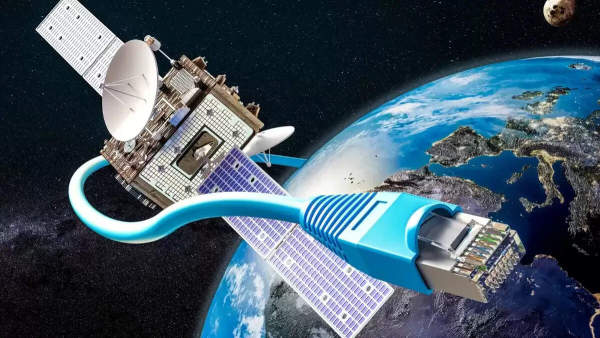
India is preparing for a major technological shift that will change the way millions of people watch video content on their mobile phones. A new system called D2M—Direct-to-Mobile—is set to bring live TV, sports, movies, and web series directly to mobile screens without the need for mobile data or Wi-Fi. This breakthrough will especially benefit users of low-cost phones who often struggle with expensive data packs and weak network signals.
According to industry developments, mobile manufacturers have already created feature phones priced between ₹2000 and ₹2500 that support this upcoming technology. Companies like Lava and HMD Global have taken the lead, while the essential chipset powering D2M has been developed by Saankhya Labs, a Tata Group company. Because the technology is fully developed within India, manufacturing costs remain low, making it accessible for a wider user base.
Unlike traditional video streaming, which relies on mobile internet, D2M works just like television broadcasting. The technology sends content over broadcast signals, similar to how TV channels are received through antennas or set-top boxes. This means:
No internet data is required
No buffering issues
No dependency on network strength
Smooth access even in remote areas
Currently, around 200 million feature phone users in the country face challenges watching videos online because mobile data is either too costly or internet speeds are unreliable. For this vast group, D2M promises a completely new level of digital access—bringing TV-like convenience straight to their phones.
In the initial rollout, content from Prasar Bharati, including Doordarshan channels, will be provided through the D2M system. After the first phase, more TV networks and even OTT platforms are expected to join the technology ecosystem.
To establish a nationwide D2M network, experts estimate that an investment of approximately ₹8000 crore will be required. However, the government can accelerate implementation by leveraging the existing infrastructure of Prasar Bharati and telecom companies. This hybrid approach will help bring the service to the public faster and at a lower cost.
The first devices to support Direct-to-Mobile will be budget feature phones. The goal is to ensure that even users of affordable devices can access high-quality video content without paying for internet packs.
However, the technology won’t be limited to basic devices. Both Lava and HMD Global are also preparing to launch D2M-enabled smartphones in the coming months. Once smartphones integrate this feature, users across economic segments will gain a new and cost-effective way to access entertainment, sports, news, and educational content.
The potential impact of D2M goes far beyond entertainment. Here’s why it is being seen as a major step forward:
It reduces dependence on mobile data
Helps bridge the digital divide
Ensures uninterrupted access during emergencies
Supports millions who cannot afford expensive internet plans
Uses India-made chipsets, strengthening domestic tech innovation
As video consumption continues to grow rapidly, D2M technology could become a game-changer for India’s digital future. With trials, partnerships, and device launches already underway, the day isn’t far when even the most affordable mobile phones will stream live TV—without using a single MB of data.